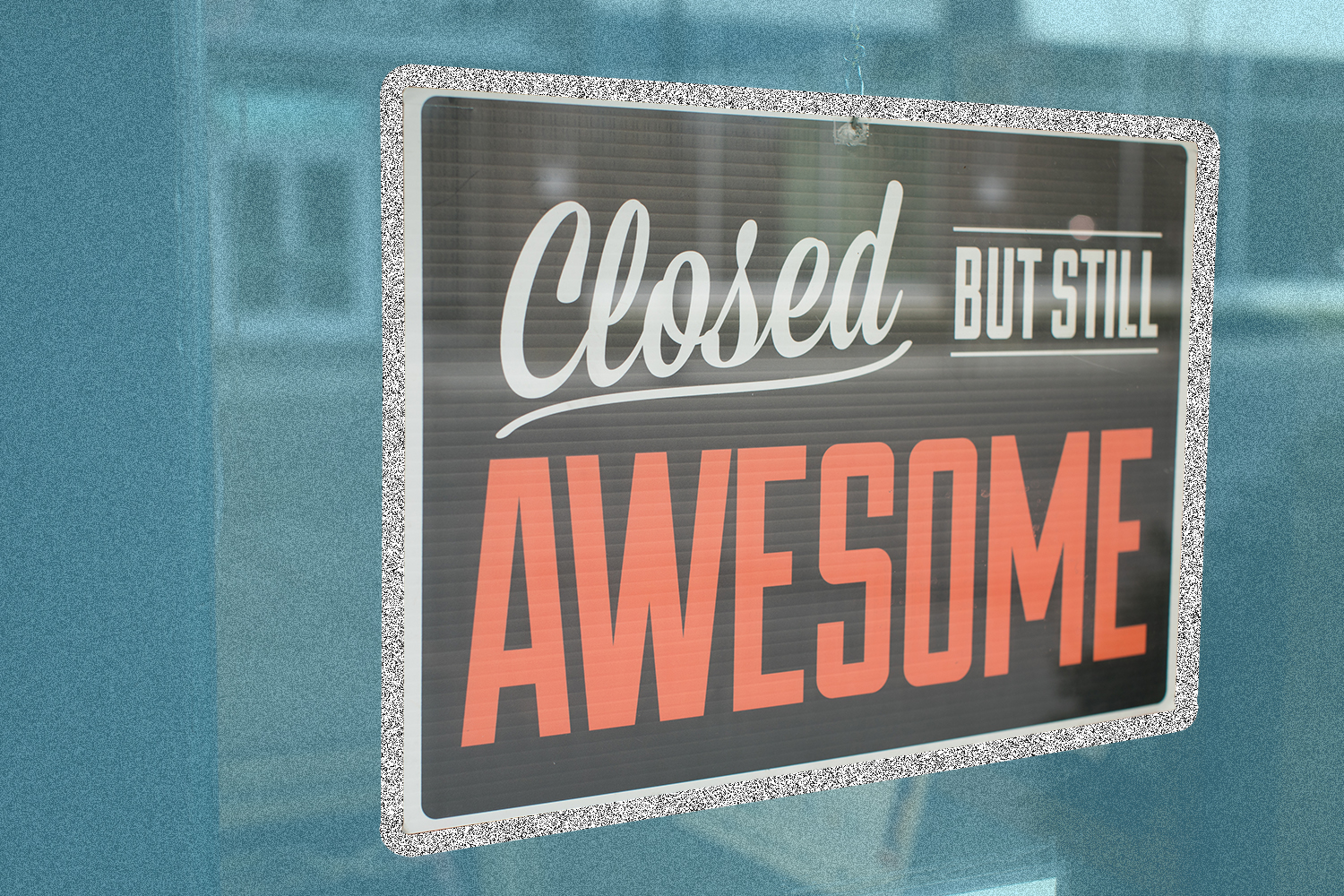Everything that’s private is potentially public. Leaks are inevitable when public consumption of information is unfettered. “It’s not 1965 anymore,” says Alan Feldman, former spokesman for Mirage Resorts and MGM Resorts. “The expectation of secrecy is absurd. You can’t call senior leaders into a room and say, ‘Look, this quarter is going to be really tough, and we may have to trim costs by 5%. That may include personnel. I need you to go back to your departments and figure out what you’re going to do about this. Don’t say a word to anyone.’
“If they’re going to go back to their departments to figure that out,” Feldman continues, “the first thing that they are going to do is talk to the number-two person in the department, who will start talking to the experts in every subject matter. ‘What can we cut? What cut won’t hurt?’ There’s no way that this kind of information won’t spread.”
So it probably should have been no surprise then that even the venerable Supreme Court famously fell victim to an unprecedented leaker earlier this year, when a leaked draft of its opinion on a landmark abortion case went public weeks before the actual ruling. Chief Justice John Roberts called the leak “egregious” and launched an investigation, fruitless to date, to identify the culprit.
If leaks are indeed inevitable, as Feldman says, what’s a smart executive to do when it happens? How important is it to identify the leaker — and how do you go about that? How should you respond publicly? Here’s your gameplan for handling leaks at your firm.
Are You Dealing With a Leaker, a Whistleblower, or a Corporate Spy?
The first thing leaders need to do is properly classify the disclosure of company information. “Are we talking about a whistleblower or a leaker? Is it an act of espionage, an Equal Employment Opportunity complaint, or a grievance?” asks Dr. Jay Grenig, professor of law emeritus at Marquette University. “Each disclosure is a completely different situation with a different remedy.”
Grenig explains the EEOC handles discrimination allegations, while trade-secrets and economic-espionage statutes allow for criminal suits when the leaker purposely seeks to benefit company competitors.
Leaking and whistleblowing are more difficult to define. “A whistleblower may have a financial incentive to report, let’s say, Medicare fraud, and must follow the proper channels provided by the government—but not always,” says Grenig. “A leaker isn’t primarily, or even at all, looking for a financial reward. Both whistleblowers and leakers usually want to put information in the public eye.”
Whistleblowers receive greater protection against company retaliation, although “the bar for whistleblowing is very high,” explains Nicholas Woodfield, principal at the Employment Law Group in Washington, D.C. When a leak simply reveals an employee’s displeasure with a company action or policy, that doesn’t mean they’re blowing the whistle.
Preparing for and Responding to Leaks
Prepare for leaks, says Marla Royne Stafford of University of Nevada’s Lee Business School, by having a crisis team in place. “A good crisis team will have an established workflow for leaks—monitoring social media and the press,” says Stafford. “They will run through scenarios, and even be able to predict the likelihood of leaks in certain situations. In the event that a leak really does occur, the procedures will be ready to go when you need them.”
If the leak entails inaccuracies or falsehoods, rally a company spokesperson to set the record straight. If the leak is true, own up to it. “The controversy around a leak only exists when the company that is the victim causes a big stink and says it’s not true,” observes Feldman. “The public can smell when you’re lying, and it serves no purpose.”
If a leak reveals corporate plans to, say, sell off part of the business or close a plant, don’t deny what is true. Albeit not on your preferred timeline, explaining leadership’s careful consideration of its decisions is the best use of the spotlight. “When there is bad news,” Feldman says, “you, as the company, want to say it as quickly as possible and have a plan, even if you don’t have the exact specifics. If it’s leaked that a property is closing, have a plan for transferring employees even if the details aren’t worked out.”
Finding the Source of the Leak
Internally, be constructive in your search for the source of the leak and open-minded about the consequences for the leaker once identified. “CEOs ought to take a multi-layered approach, and not simply go rushing off to find out whoever did this and cut off their head,” councils Feldman.
Recognize that a one-off leak is different from systematic leaking. The kind of leak and the amount of damage done must also be weighed.
And the good news is that employees who intentionally share company secrets are in the minority. More common are accidental leaks, such as workers who leave sensitive contracts in the copying machine, or who CC a private email about a possible retirement to everyone in the firm. Careless leaks—for example, employees talking loudly about proprietary information in a restaurant—are another issue, along with reluctant leakers who are baited during job interviews.
“The more employees [at your company], the greater the chance of information getting out in an entirely innocent way,” Feldman says.
Even among intentional leakers, “I don’t think most people leak because they want to be malicious,” Feldman says. “Most often, they are responding to a feeling of betrayal. On occasion, they do it because they want to be cool.”
Using surveillance of employees’ computer and phone activity may yield clues, but it may also foster a culture of suspicion and doubt. “It’s a socially chilling thing to say, ‘Oh, you know, we’ve got people monitoring every email,” warns Feldman. Delving into employees’ downtime activity on personal Instagram accounts may not only be unlawful, it is often considered unethical, and can breed mistrust and uncertainty in the company culture.
For Alfred Robert Abboud, former CEO of First City Bank (Houston) and board member of Inland Steel Company in Chicago, there’s a better method than electronic monitoring: talking to colleagues: “Your staff generally knows who is unhappy and who isn’t. If you have good, close relationships with your staff, you can eventually isolate where the leak is coming from.” The smaller the team, the easier it is to identify the culprit.
Confronting and Punishing a Leaker
“You want to handle leaks as quietly as possible,” one anonymous source warns our readers. “Fanning the flames will only occasion bad publicity for the company.” Speak one-on-one with the leaker with an aim of defusing the situation, whether it ends through resolution or termination.
Truly aggrieved leakers, who have a moral or ethical objection to company actions or policy, might welcome the opportunity for dialogue. “I’ve always had the experience that having the discussion and laying out the facts works,” says Abboud. “Once you find out who the leaker is, then have that private meeting and be very frank: ‘What is the problem here?’ Some people have a legitimate grievance, and you have to address the grievance. Other people are disloyal, and you have to fire them.”
Feldman believes that a measured response, such as a week without pay, is apt to be more successful than termination. “The person who leaked may have friends and sympathizers, and firing them may be a clarion call to others,” he cautions. If one worker is upset about something, there may be others. In that case, the company’s actions or policies may need to be re-examined. “Maybe you’ve missed something.”






